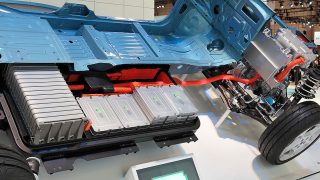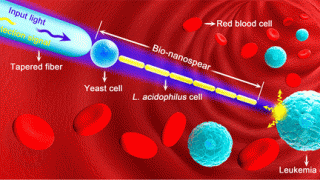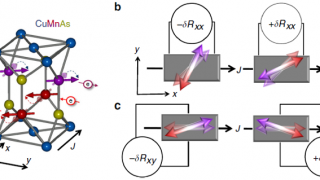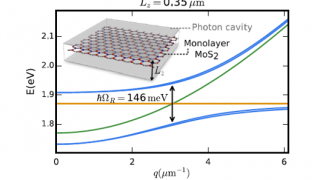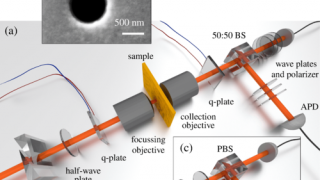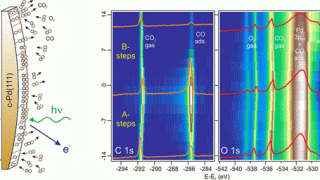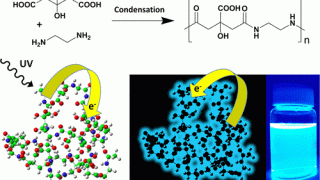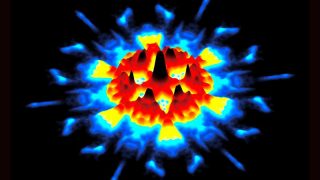
27% of all materials in nature are topological. And now there is a catalogue
Topological materials have special universal properties, which are protected against perturbations. Such properties are theoretically described by topology, a branch of mathematics concerned with the properties of geometrical objects that are unchanged by continuous deformations. Topological materials behave like an ordinary insulator in the bulk but have conducting states on their boundaries, i.e., edges or […]
